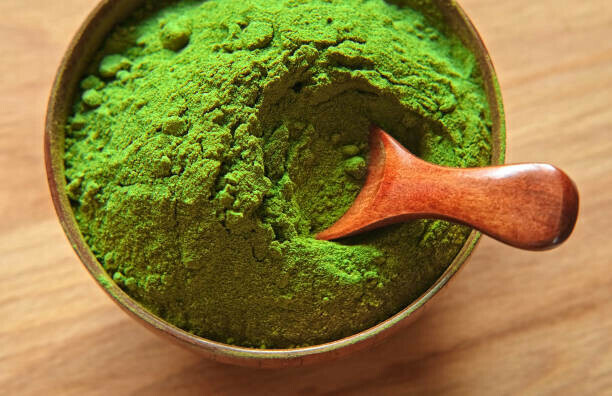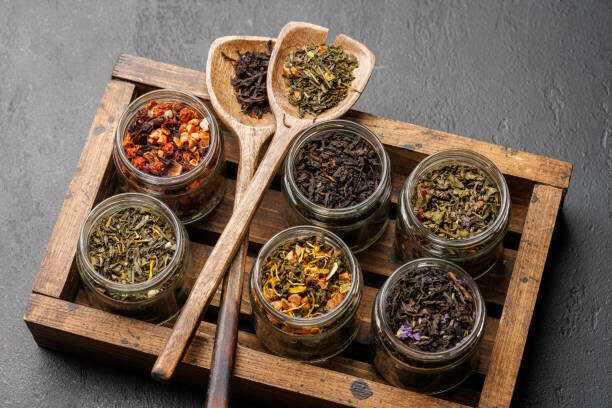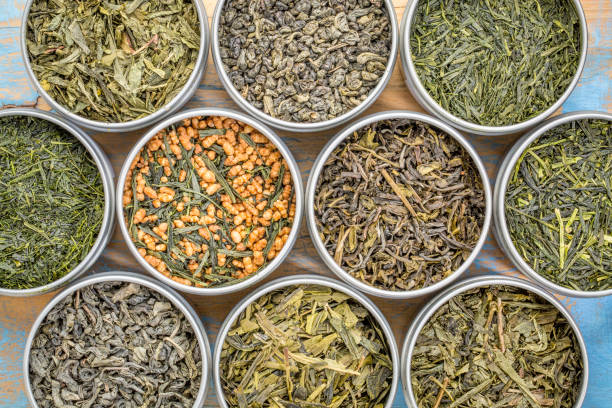Welcome to my today’s article “What Are The Different Kinds Of Green Teas?”. In this article, I will guide you through the unique world of green tea, a beloved beverage enjoyed by people worldwide. This is not only about its delightful flavor but also its historical and cultural significance.
You will discover what sets green tea apart from other types of tea. It’s not just about the color; green tea undergoes a unique processing method to preserve maximum antioxidants and minimal fermentation, giving it a unique position in the spectrum of teas.
So, what makes green tea different from other teas? It all boils down to what happens to the leaves after they are harvested. While all tea is derived from the Camellia sinensis plant, the difference lies in whether the leaves are oxidized and how they are treated. Green tea is renowned for its minimal oxidation and unique processing techniques.
Picture the lush fields in different regions, each with its own climate and soil, all contributing to green tea’s diverse flavors and characteristics. From the tranquil mountains of China to the misty landscapes of Japan and the lush gardens of India, each origin tells a distinct story through its green tea.
As we move on to the next section, keep in mind that the delightful flavors we enjoy are a result not only of the leaves themselves but also of the varied and intricate production methods that transform the simple leaf into a fusion of tradition and taste.
The Craftsmanship Behind Green Tea: Manufacturing Methods Explored

To appreciate the appeal of green tea, it’s essential to examine the skill involved in its production. Green tea is not naturally charming; instead, it is the result of careful craftsmanship, with each step impacting the aroma and taste of the final product. So, how does green tea go from the leaf on the farm to the brewed liquid in your cup?
Two essential methods are at the core of green tea production: steaming and pan-firing. These can be compared to different cooking techniques, such as baking versus grilling, each resulting in a unique outcome. Steaming, mainly used in Japan for teas like Sencha and Gyokuro, rapidly stops oxidation, preserving a vibrant green color and a distinct grassy, vegetal flavor. On the other hand, the pan-firing method, more prevalent in China for varieties like Dragonwell, imparts a specific toasty and nutty flavor.
Neither method is superior, but they create different profiles that appeal to various tastes. The precise application of heat and cooling during pan-firing and the exact timing of steaming is an artisanal skill often passed down through generations. This level of expertise is what distinguishes an ordinary tea from an exceptional experience, allowing enthusiasts to identify the origin of a specific green tea through its sensory characteristics alone.
Following the heating process, the next step involves rolling and shaping the leaves, which not only determines the appearance of the tea—whether tightly wound pearls or flat, smooth leaves—but also plays a significant role in shaping the tea’s flavor. After the rolling process, the tea leaves are dried to preserve the flavors, and some types go through additional steps, such as scenting with jasmine or blending with roasted grains.
A Tour of Green Tea Varieties: Discovering Distinct Flavors and Types

Each type of green tea offers unique flavors and characteristics, making the simple act of drinking green tea an intriguing experience. The origins of each variety are depicted through their distinctive flavors and stories. When considering Chinese green teas, notable options such as Gunpowder, characterized by tightly rolled leaves resembling gunpowder pellets, and the nutty Dragonwell come to mind. Other prominent members of this family include Long Jing, Chun Mee, and Mao Feng, each holding a special place in the Chinese tea tradition. Shifting focus to Japan, a diverse selection of exquisite green teas is encountered. Sencha offers a grassy freshness, Matcha provides a vibrant intensity often whisked into a frothy cup, and Genmaicha showcases toasted, caramel-like notes with puffed rice.
Additionally, shade-grown Gyokuro is renowned for its sweet, umami-rich character, while Bancha and Hojicha are appreciated for their mellow qualities. India also contributes to the array of green teas with their renowned Green Darjeeling tea, celebrated for its muscatel flavor and delightful aroma. Each of these varieties represents distinct traditions, cultivation methods, and regions, enriching the experience of green tea appreciation and aiding in selecting the perfect type for any palate or occasion.
Crafting the Perfect Cup: Enjoying and Appreciating Green Tea

So, by now, you have explored the lush fields of different types of green tea, from the mist-covered mountains of China to the sunny plantations of Japan and India. You now know a variety of flavors, from the strong, smoky taste of Gunpowder to the delicate elegance of Gyokuro.
However, there’s a difference between knowing about these teas and experiencing their flavors, right? The true allure of green tea lies in the act of sipping. Each type of green tea requires a specific technique to bring out its full potential – adjusting water temperature, steeping times, and choosing the appropriate teaware all play a role.
Beyond the brewing ritual, green tea is intertwined with health, offering a range of benefits, from antioxidants to calming effects. It’s more than just a beverage; it’s a practice of wellness that millions incorporate into their daily routines.
And when it comes to pairing green tea with food or choosing the right moment for that rejuvenating first sip, let your instincts guide you. Select something that resonates with you, whether it’s a contemplative morning routine or a calming break during a hectic day.
I hope your journey with green tea is as fulfilling as enlightening. Remember, your first try doesn’t have to be your last – flavors will manifest differently with each brew. Embrace the differences, and let each cup bring serenity into your life.
I would love to receive your comments down below, in case of any.

